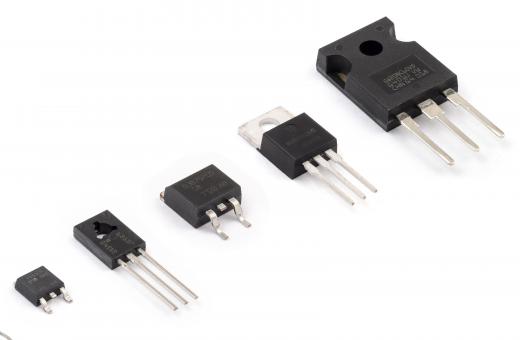Threshold voltage is the point at which an electrical device is set to activate any one of its operations. This normally occurs within a transistor that continually monitors the power source for changes, ignoring those that are faint or inadvertently leaked through the system. Once the charge of incoming electricity is sufficient to meet the preset standard, the threshold voltage is met and power is allowed to flow throughout the device in order to enable it. Anything below the predefined threshold is contained and treated as a phantom charge.
Although determining the threshold voltage in a device with a single circuit may seem relatively simple and straightforward, modern electronics require a fairly complex mathematical formula to set and regulate the various thresholds. An appliance like a dishwasher, for example, may be programmed to complete 20 or more functions dependent on the user’s everyday requirements, and each separate phase that it enters is activated by an electrical charge. These subtle changes in power allow the device to know when to add more water, when to activate the drying mechanism, or how quickly to rotate the cleaning jets. Each of these activities is set to a separate threshold voltage, so when a number of elements needs to be activated at once, it requires a great deal of planning to ensure proper operation. The equation for calculating threshold voltage is the sum of the static voltage, plus twice the bulk potential and the voltage across the oxide.

A threshold voltage is normally constructed with a thin inversion layer that separates the insulating and the actual body of a transistor. Tiny holes that are positively-charged cover the surface of this region, and when electricity is applied, the particles within these voids are repelled. Once the current within both the inner and outer regions is equalized, the transponder allows a release of the energy to complete the circuit that activates the process. This entire process is completed within milliseconds, and the transistor constantly rechecks to ensure that the flowing current is justified, sapping the power once it is not.
Another term that is used when talking about transponders is metal oxide semiconductor field effect transistor (MOSFET) threshold voltage. These conductive switches are designed with either positive or negative charges much like in the above example, and they are the most common type of transistor within analog or digital devices. MOSFET transistors were originally proposed in 1925 and constructed in aluminum up until the 1970s, when silicon was discovered as a more viable alternative.
